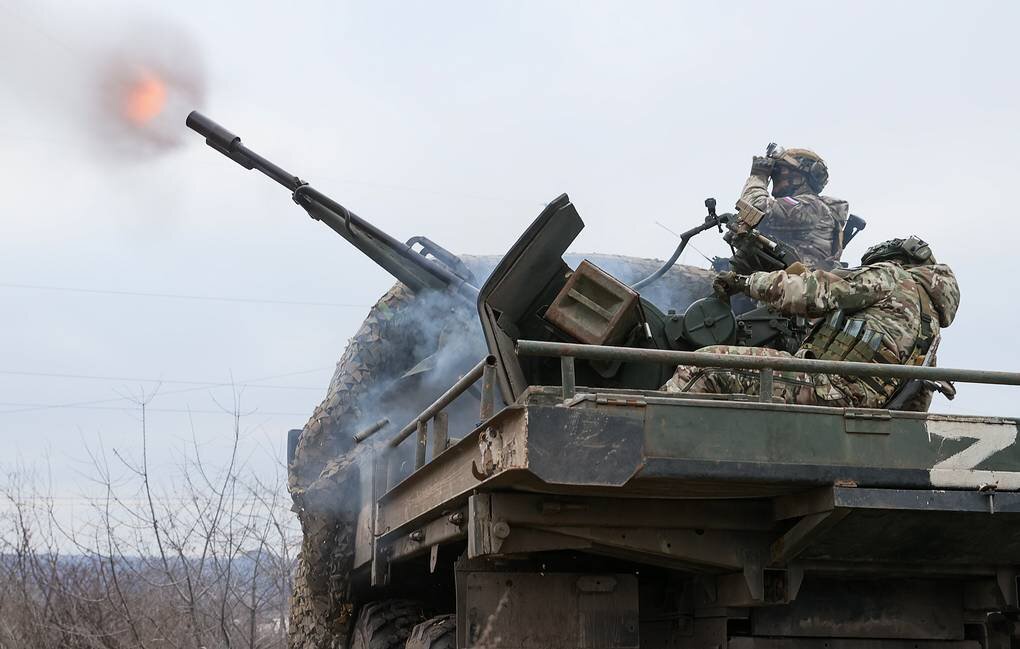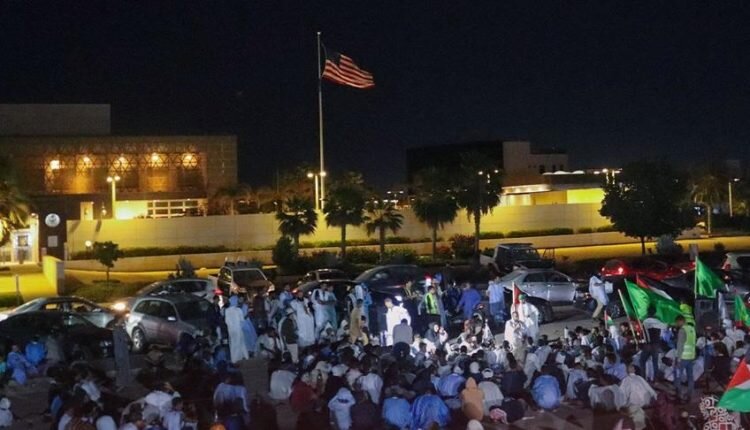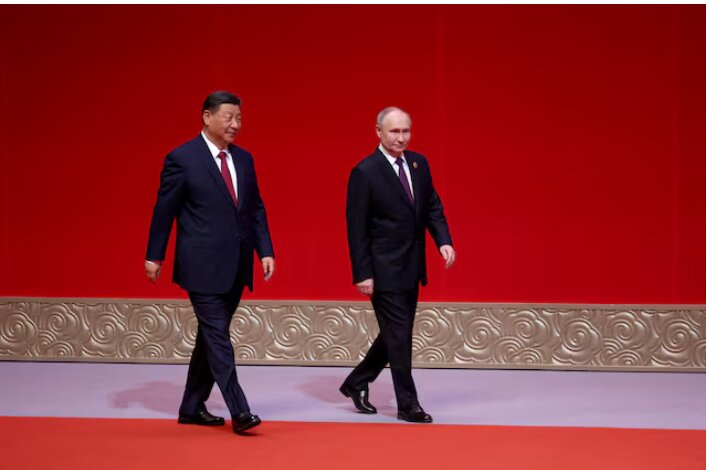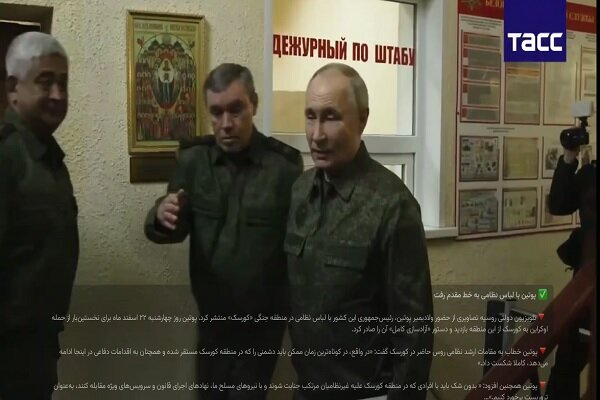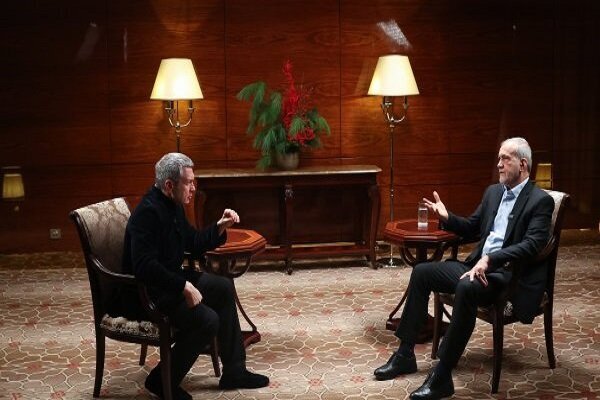Russia Launches Attack on Central Ukraine Arms Artillery Base: Escalating Tensions in the Region
In a significant escalation of military operations, the Russian army executed a coordinated strike using long-range air and sea-based precision weapons on Sunday. This assault specifically targeted the central artillery arms base of the Ukrainian army and various defense industry enterprises engaged in the manufacture of unmanned aerial vehicles (UAVs).
The Russian Defense Ministry confirmed that “the strike’s goal has been achieved. Its targets have been hit.” This operation highlights the ongoing tensions between Russia and Ukraine and marks a critical point in their military engagements.
In addition to the strikes, the Russian air defense systems successfully intercepted a JDAM guided bomb along with 100 fixed-wing drones over the past 24 hours. This showcases the effectiveness of Russia’s air defense mechanisms in countering aerial threats.
Key points from the recent military actions include:
- The Russian army executed a group strike focusing on key military installations.
- Targets included a central artillery base and UAV manufacturing sites.
- Russian air defense shot down a JDAM bomb and numerous drones.
- Infrastructure of a Ukrainian military airfield was also impacted.
- Repair and maintenance facilities for Western military equipment were targeted.
- Russian forces reported defeating Ukrainian army and National Guard brigades in the Donetsk People’s Republic (DPR).
- Specific mention was made of Ukraine’s Omega special forces unit being engaged.
The ongoing conflict in Ukraine has seen a significant increase in military actions from both sides. Reports from TASS indicate that the strikes from the Russian army are part of a broader strategy aimed at crippling Ukraine’s military capabilities and infrastructure.
Furthermore, the Russian military’s approach includes not only direct attacks but also a focus on disrupting supply lines and operational readiness of Ukrainian forces. The use of precision weapons and unmanned aerial vehicles reflects a shift towards modern warfare tactics, emphasizing the importance of technology in contemporary military engagements.
The impact of these strikes is profound, potentially altering the operational landscape for Ukrainian defense forces. Damage to military airfields and maintenance facilities could hinder the deployment and functionality of Western-supplied equipment, which has been crucial for Ukraine’s defensive strategies.
As the conflict continues, the international community remains closely monitoring the situation. The escalation in military actions raises concerns about the potential for further violence and the implications for regional stability. Analysts suggest that continued aggression could lead to a more prolonged and intense conflict, with both sides entrenched in their positions.
In summary, the recent military actions by the Russian army underscore a critical phase in the ongoing conflict with Ukraine. The successful strikes against key military infrastructure and the effective use of air defense systems illustrate the complexities of modern warfare and the challenges faced by Ukrainian forces. The situation remains fluid, and further developments are anticipated as both sides adapt to the evolving battlefield dynamics.
As this conflict progresses, it is crucial for all stakeholders to seek solutions that prioritize peace and stability in the region. The continuing military operations highlight the urgent need for diplomatic engagement to address the underlying issues fueling the conflict.
